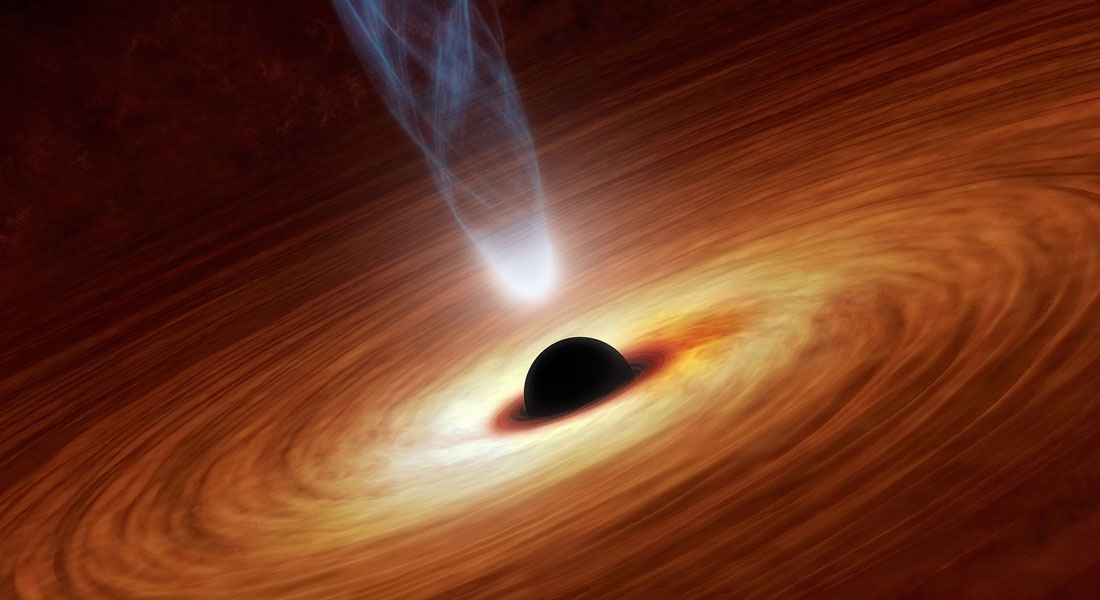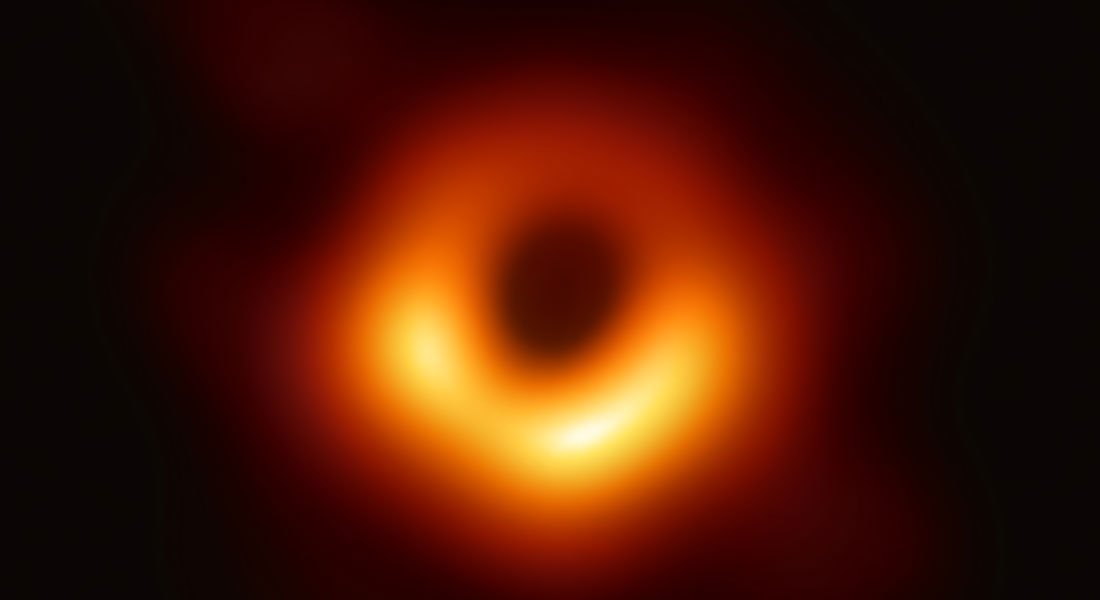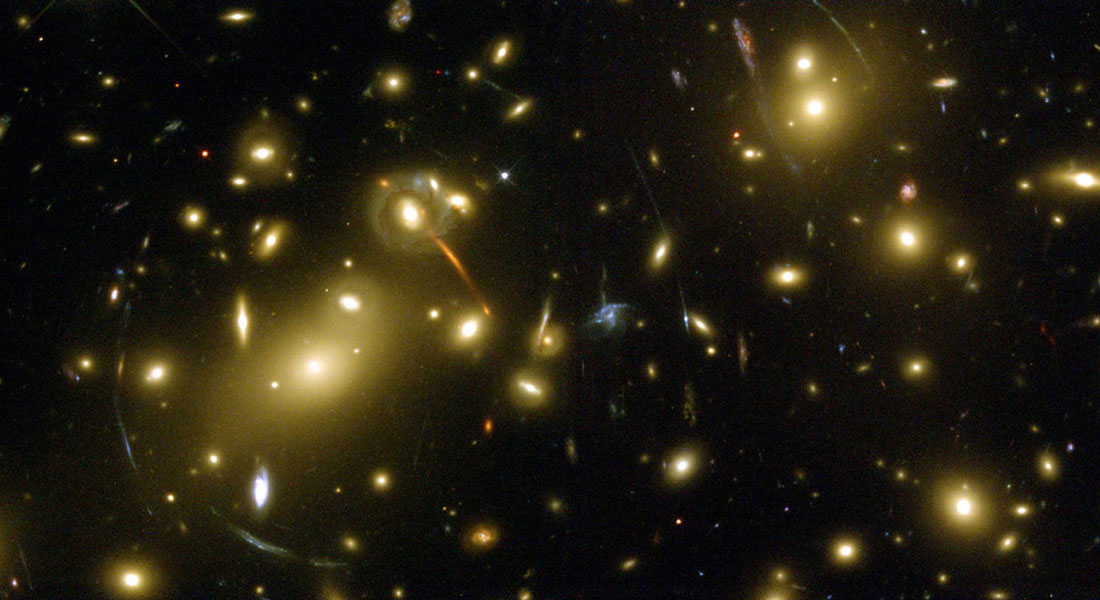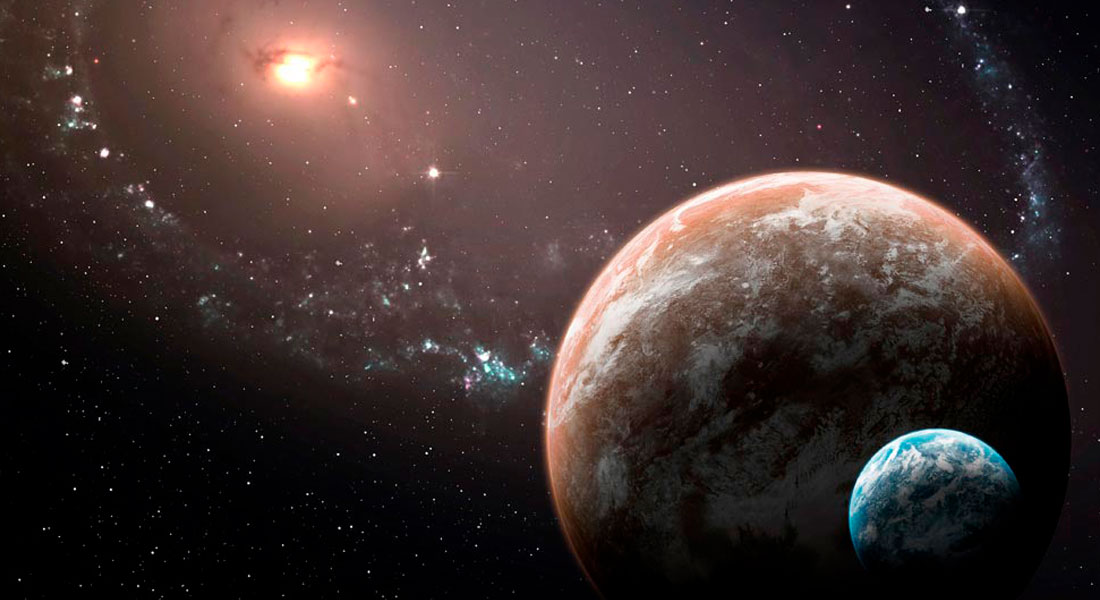Theoretical Astrophysics Group
The Theoretical Astrophysics Group at the Niels Bohr International Academy strives for a comprehensive approach to astrophysics. Current research areas encompass astrophysical fluid dynamics and magnetohydrodynamics, gravitational wave astrophysics, protoplanetary disks and planet formation, and tidal disruption events.
Research areas
The vast majority of the visible matter in the universe is in plasma state. The interactions between the plasma and the gravitational, magnetic, and radiation fields that permeate the universe shapes the behavior of astrophysical systems. A central theme in our research is to understand the fundamental physical processes that govern gas dynamics in a wide variety of problems ranging from the cold, dense environments where planets form to the hot, dilute medium in galaxy clusters, the largest bound structures in the universe.
The detection of gravitational waves ignited one of the most exciting revolutions in modern science by opening up a new window into our Universe. To date, more than a dozen mergers of black holes in binary systems have been observed providing unique insight into their physical properties, such as mass and spin, that are impossible to infer otherwise. A central theme in our research is to address the question "How do black hole binaries merge?"
Our understanding of protoplanetary disks has been revolutionized by the Atacama Large Millimeter-Array (ALMA). Among its most fascinating discoveries, recent observations have revealed large-scale features such as gaps and rings, spiral patterns and even large concentrations of dust. Understanding the connection between the large-scale disk features that result from the interaction between the forming planets and the disk is crucial not only for inferring the presence of planets but also for unraveling the crucial processes that shape planet formation. A central theme in our research is to understand dynamical processes in dusty protoplanetary disks.
If a star wanders too close to a supermassive black hole, the tidal forces of the black hole tear the star apart in a so-called tidal disruption event, or TDE. Afterwards, the stellar debris form a thin and elongated stream of gas that revolves around the black hole before falling back towards the disruption site. The stellar material then suddenly fuels the compact object producing a bright flare that makes TDEs unique probes of otherwise quiescent galactic nuclei. A central theme in our research is to understand TDEs observational signatures.
Group leader
Dr. Martin E. Pessah
Professor, Deputy Director
Niels Bohr International Academy
Niels Bohr Institute
Blegdamsvej 17, 2100
Copenhagen, Denmark
Tel: + 45 35 32 53 12
Fax: + 45 35 32 50 16
Email: mpessah@nbi.dk
Staff
| Name | Title | Phone | |
|---|---|---|---|
| Search in Name | Search in Title | Search in Phone | |
| D'Orazio, Daniel J | External | ||
| Grcic, Marcela | PhD Fellow | +4535329560 | |
| Kirkeberg, Philip Jon Østergaard | PhD Fellow | ||
| O'Neill, David | PhD Fellow | +4535328489 | |
| Pessah, Martin Elias | Professor | +4535325312 | |
| Tiede, Christopher William | Postdoc Marie Curie | +4535328569 |
External staff & students
| Navn | Titel | Telefon | |
|---|---|---|---|
| Oliver Gressel | Associate professor | ||




